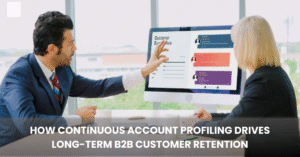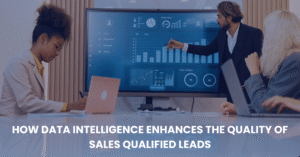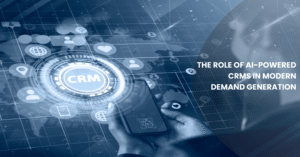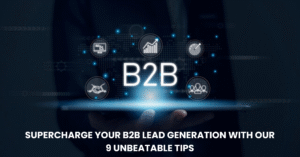Leads are a source of opportunities and business for every company. However, is every lead the same, and should you treat every lead similarly? The answer is a resounding no! Each lead is unique and has distinct characteristics. Identifying the uniqueness of every lead is necessary for marketers to decide on further courses of action and make the most of it. Precisely, we are referring to identifying marketing qualified leads and sales qualified leads (MQL &SQL) and understanding the differences between both. Let’s focus on the latter.
What are Marketing Qualified Leads?
Also known as MQLs, these have shown interest in a particular offering through a company’s marketing campaign but aren’t ready to buy. Some examples of marketing qualified leads include engaged website visitors, social media users interacting with your brand, people who’ve subscribed to your email list, users who download your content regularly, webinar attendees, etc.
What are Sales Qualified Leads?
A sales qualified lead (also called SQL) is a prospective customer that has graduated through the engagement stage and comprehensively reviewed and analyzed by the sales and marketing team. These leads are considered ready for sales as they fulfill all the criteria specified by the sales and marketing team.
A few examples of sales qualified leads include users who have requested a product demo, have asked for an in-person meeting, leads with a specific and urgent requirement, decision-makers expressing interest in an offering, a referral coming from another satisfied customer, and many more.
Difference Between Marketing Qualified Leads and Sales Qualified Leads
Let’s now look at some key differences between MQL and SQL.
|
Aspect |
Marketing Qualified Leads |
Sales Qualified Leads |
| Basic Definition | Leads interested in your offerings but not ready for sales | Leads verified and prepared to be connected by the sales team |
| Source of Leads | Webinars, social media interactions and engagement, content downloads, etc. | Product demo requests, referrals requiring urgent services, etc. Usually, the sales team picks an SQL after the qualification of an MQL |
| Qualification Criteria | Marketing metrics like email interactions, content engagement, website visits and more | Detailed analysis of the lead’s budget, authority and timing |
| Handling Team | Marketing | Sales |
| Action Required | MQLs need nurturing via targeted marketing campaigns to educate the lead and engage with them further to help them progress in their journey | Direct and prompt contact to close the deal or help the deal move closer to the making the buying decision |
| Lead Score | Usually lower than SQL, signifying less preparedness to buy the offering | A higher lead score signaling a purchase or more preparedness for buying |
| Lead Stage | Early to mid-stage | Almost the final stage before purchase |
| Decision-Making | May be a little unclear as the lead might only be exploring options. | The decision-making is either well-defined or almost done directing the lead to a purchase |
| Communication | More educational, focusing on the benefits and value of the offerings to drive the lead closer to purchase | Highly specific, addressing the lead’s needs, pain points and encouraging buying decision-making |
So, that was about a few differences between marketing qualified leads and sales qualified leads. Understanding them is essential while taking the right action, holding the lead, and driving the desired outcomes. We hope the above helps you do it. For any assistance in generating, nurturing, and converting leads to sales, DemandFluence is here to help. Our proven track record and evolved expertise, particularly across lead generation makes us a prudent partner. Please email us at hi@demandfluence.com to explore more about lead gen support.



























